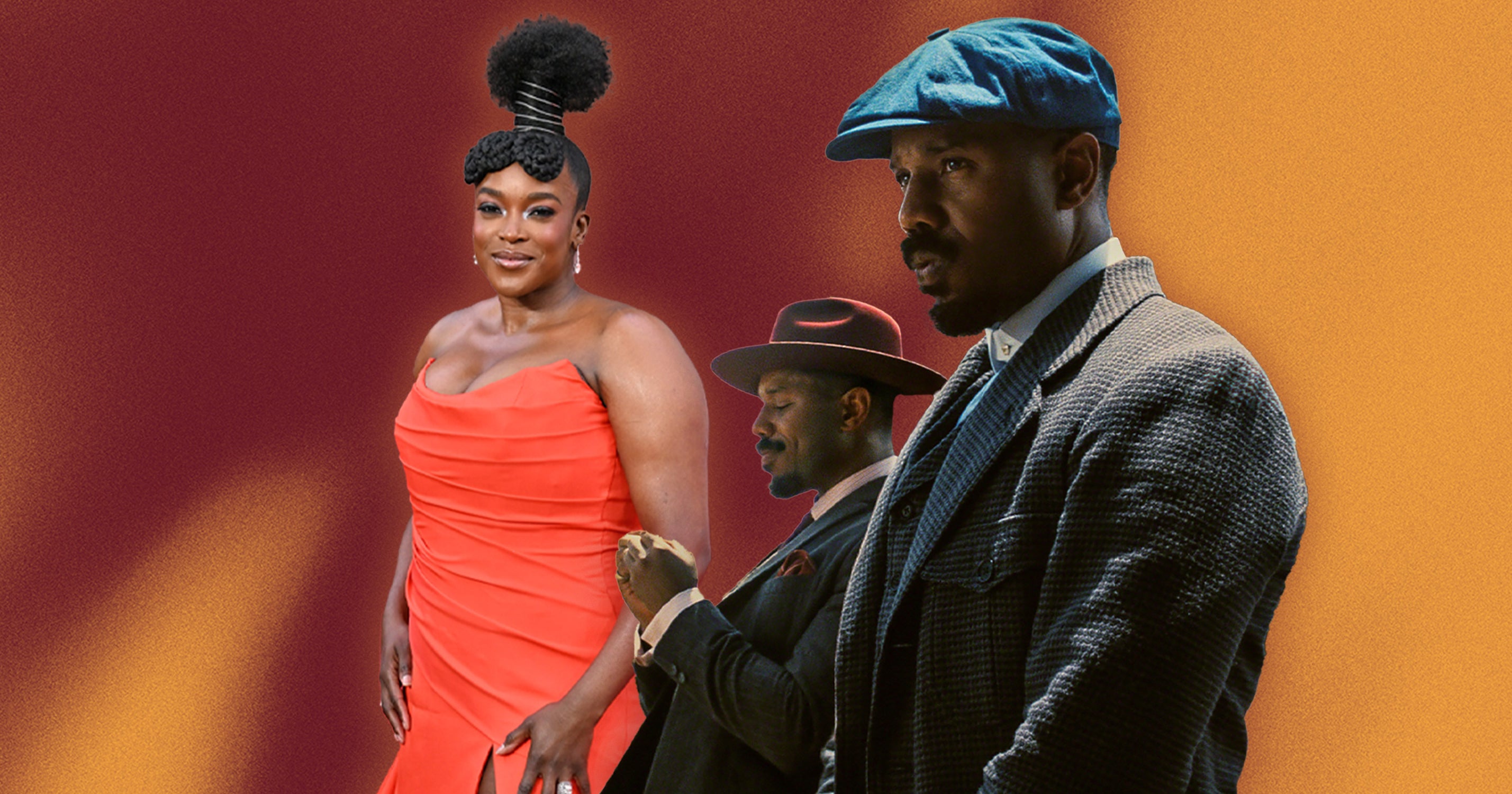Yes, they’re also a lot funnier than they get credit for. You’ve talked about how some audiences have maybe missed the intended humor of The Shrouds, but members have really been praising it for threading that needle between being laugh-out-loud funny and also genuinely very moving. Can you talk about the important role that humor plays in your work, and reassure the people that it is okay to laugh?
It’s okay to laugh, yes, absolutely. In fact, I insist that you laugh. I think that we have evolved a sense of humor in order to survive what our brains deliver to us—our understanding of life, of death, of the absurdity of life. If you’re an existentialist, you are very much into the absurdity of life, the theater of the absurd and so on.
Not too many animals have a sense of humor, and we have a very sophisticated one. That is essential to surviving life—it’s a survival strategy, humor. And it comes naturally. In my writing of screenplays, my characters are always funny, even if they’re not aware of how funny they are, because people are like that. To me, it’s just being very realistic. You’re trying to create characters who are alive and feel like real people, even though you’re creating fictional people. One of the things that they do is they say funny things, and they surprise you with the things they say and the things that they do. Then you know that you’ve created living characters. Humor is always a part of it.
Another very prevalent theme in your work is the relationship between the body and technology, merging the organic and the inorganic and discovering that they’re not as dissimilar as they may seem on the surface.
Well, I think everybody is sort of fascinated by [technology] in one way or another. For example, of course, I’m wearing glasses. That’s technology. But also, my eyes, I’ve had cataract surgery, so I’m seeing you not only through the internet and satellites but I’m also looking at you through plastic lenses in my eyes. I’m hearing you with the new hearing aids that incorporate an artificial intelligence chip.
It’s very straightforward and very realistic for me to be thinking about bodies and technology and how they fuse, because as far as we know, 3,000 or 4,000 years ago, people were trying to cure diseases using whatever technology existed at the time. People were cutting open their bodies, sewing their bodies together, doing all kinds of things to try to cure things, change things, decorate their bodies. So, it’s not just me—I’m just actualizing my version of what has been going on with humans since the beginning of human society.














